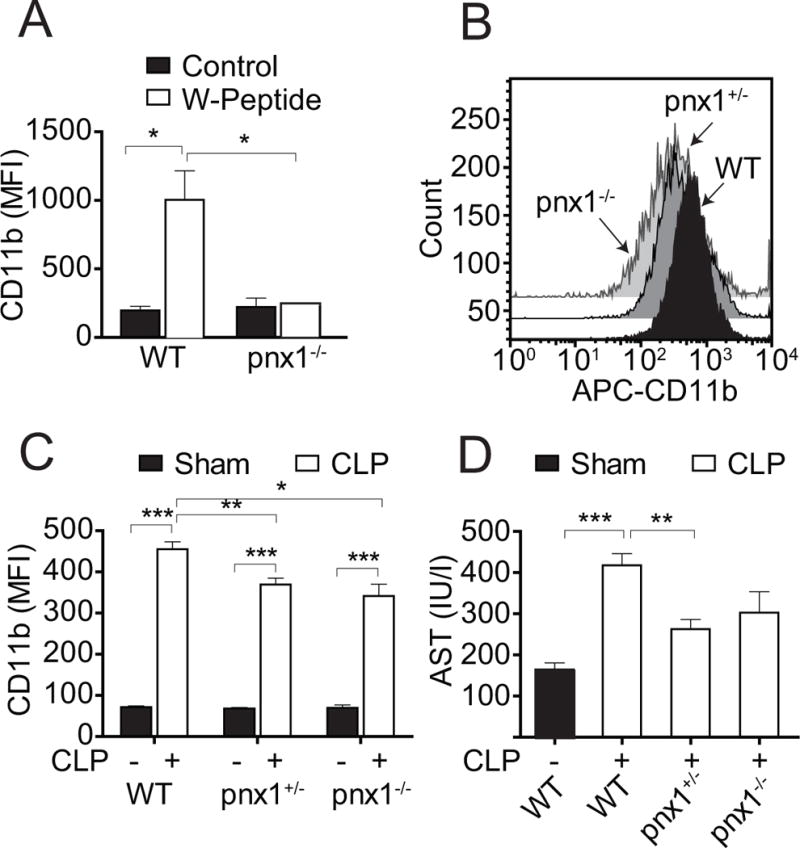Figure 1. Pnx1-dependent and independent mechanisms contribute to PMN activation in sepsis.

(A) Blood samples of wild-type (WT) and homozygous pnx1 KO mice (pnx1−/−) were stimulated in vitro with W-peptide (100 μM, 15 min at 37°C) and PMN activation was assessed. (B-C) Heterozygous (pnx1+/−) or homozygous (pnx1−/−) pnx1 KO and WT mice were subjected to CLP and PMN activation was determined after 4 h. Panel B shows representative flow cytometer results. Panel C shows cumulative data from mice subjected to CLP or sham surgery. (D) Plasma AST levels of pnx1 KO and WT mice subjected to sham surgery or CLP were assessed 4 h after CLP. Data are expressed as mean ± SEM of 5 animals in each group (ANOVA; *p<0.05, **p<0.01, ***p<0.001).
